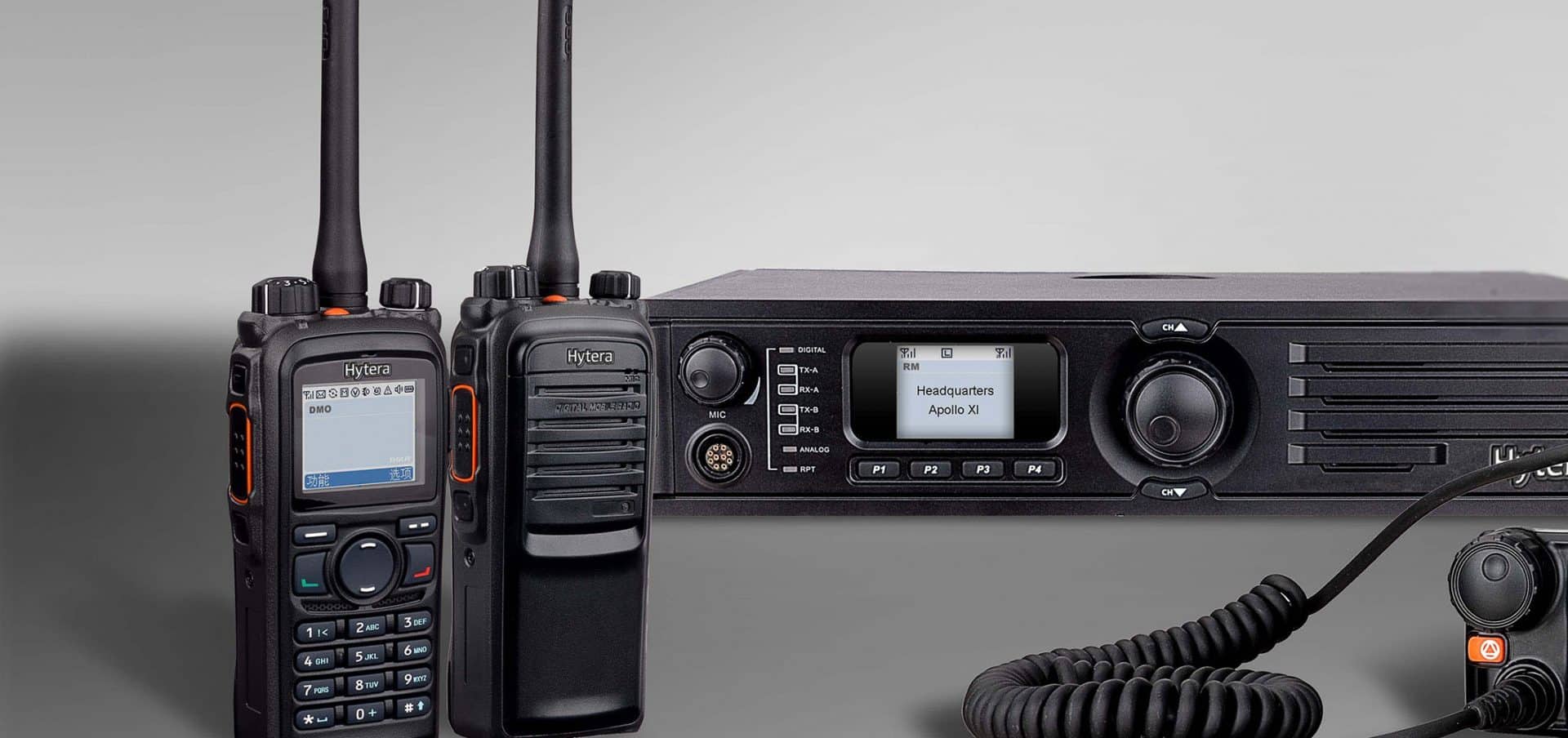Walkie talkies, also known as two-way radios, are popular communication devices used in various settings, from outdoor adventures to professional environments. Their simplicity, reliability, and ease of use make them a preferred choice for instant communication. However, a question often arises: Can walkie talkies be traced? This summary explores the technical and practical aspects of tracing walkie talkies, including the challenges and possibilities.
Contents
Understanding Walkie Talkie Technology
Walkie talkies operate on radio frequencies (RF) to transmit and receive signals. They are generally categorized into two main types: analog and digital. Analog walkie talkies use traditional radio technology to modulate signals, while digital models utilize advanced encryption and digital signal processing to enhance communication clarity and security.
The basic operation of a walkie talkie involves a radio frequency transmitter and receiver. When a user speaks into the device, it converts the voice into an RF signal, which is then broadcasted over a specific frequency. Other walkie talkies tuned to the same frequency can receive and decode the signal, allowing for real-time conversation.
The Possibility of Tracing Walkie Talkies
Tracing walkie talkies involves determining the location or identity of the device based on its RF transmissions. Here’s an overview of the methods and challenges involved:
RF Signal Detection:
Tracing walkie talkies primarily relies on detecting and locating RF signals. Advanced equipment such as spectrum analyzers and direction finders can detect and track radio frequencies. These tools are used by professionals and law enforcement agencies to pinpoint the source of a signal. However, this process requires specialized knowledge and equipment, making it less accessible to the average user.
Signal Interception:
Intercepting signals from walkie talkies is possible with the right equipment. However, the interception itself does not directly provide location data. It only allows for the capture of the communication being transmitted. To trace the origin of the signal, additional steps involving signal triangulation or direction finding are needed.
Triangulation:
Triangulation involves using multiple receivers to determine the position of a signal source. By measuring the signal strength and direction from various locations, it is possible to estimate the location of the transmitter. This method requires coordination between several receivers and is typically used in professional or law enforcement contexts.
Digital Walkie Talkies:
Digital walkie talkies offer enhanced security through encryption, which complicates tracing efforts. While digital models can be intercepted, decrypting the communication without proper authorization is challenging. Additionally, some digital walkie talkies incorporate GPS functionality, which can provide location data directly if enabled.
Legal and Ethical Considerations:
Tracing walkie talkies raises significant legal and ethical issues. Unauthorized interception or tracking of communications is illegal in many jurisdictions and can lead to severe consequences. Law enforcement agencies usually require warrants or legal authority to conduct such activities.
Challenges in Tracing Walkie Talkies
Several factors complicate the tracing of walkie talkies:
Limited Range:
Walkie talkies have a limited range, typically ranging from a few miles to several miles, depending on the model and terrain. The effectiveness of tracing diminishes with distance, making it harder to locate a device if it is far away.
Frequency Hopping:
Some advanced walkie talkies use frequency hopping to avoid interference and eavesdropping. Frequency hopping involves rapidly changing the transmission frequency, making it difficult for interceptors to track the signal continuously.
Environmental Factors:
RF signals can be affected by environmental factors such as terrain, weather, and obstructions. Buildings, trees, and other obstacles can weaken or block signals, making tracing more challenging.
Technical Expertise:
Successfully tracing walkie talkies requires specialized equipment and technical expertise. Most individuals do not possess the necessary tools or knowledge to trace signals accurately.
Conclusion
Tracing walkie talkies is feasible but complex, involving various technical and legal challenges. While it is possible to detect and locate signals with advanced equipment and techniques, such activities are generally restricted to law enforcement and professionals with appropriate authorization. For the average user, tracing walkie talkies remains a challenging and often impractical endeavor. As with any technology, understanding the capabilities and limitations is crucial for effective and ethical use.
